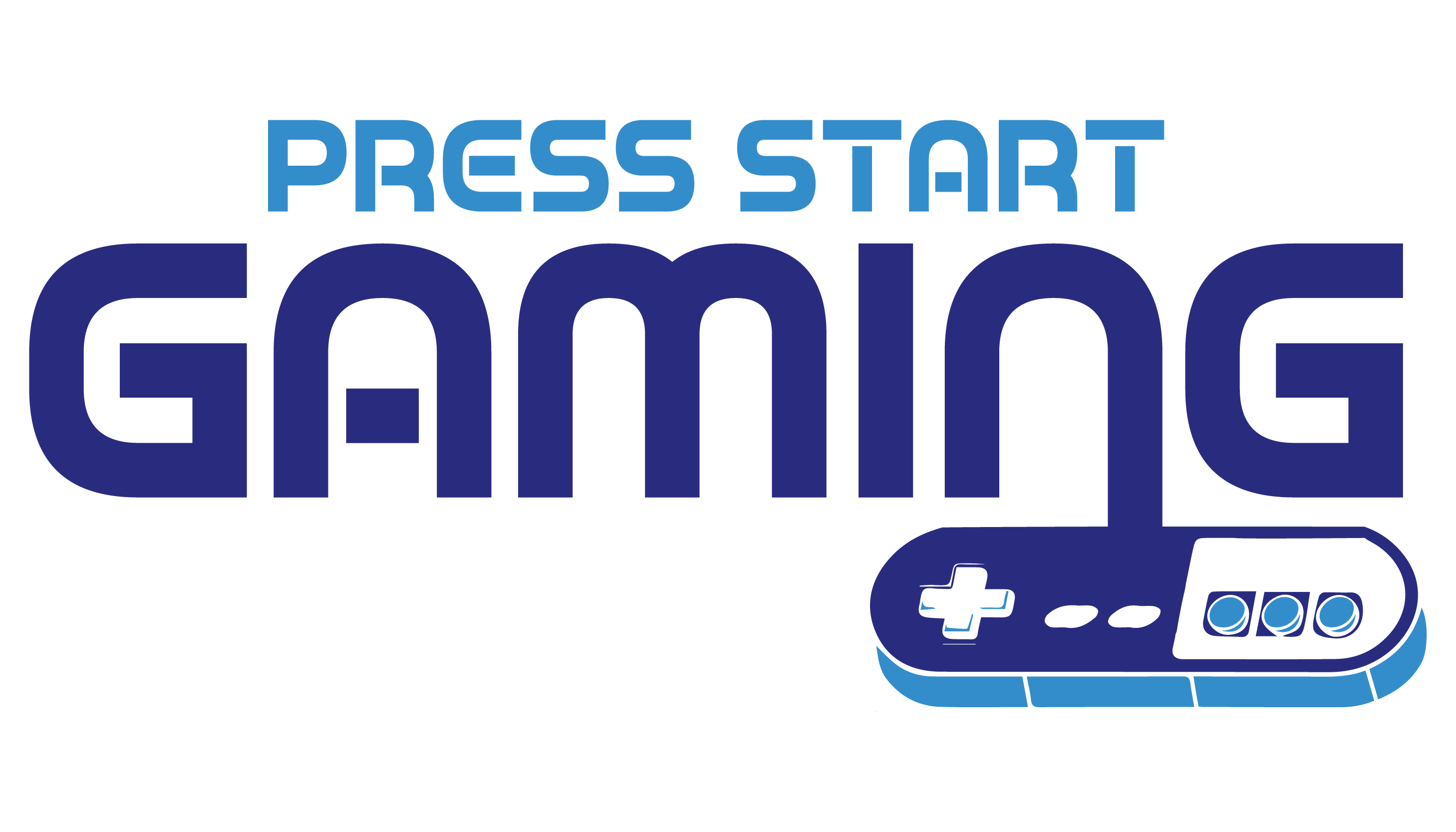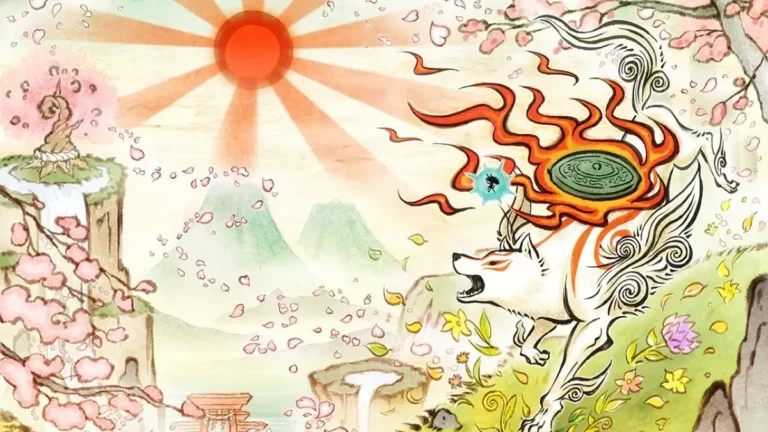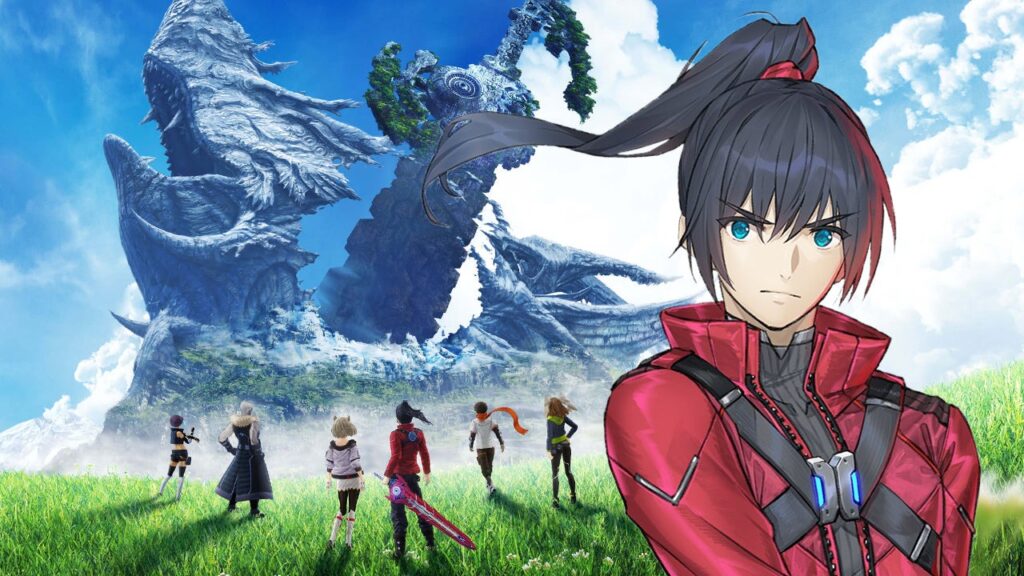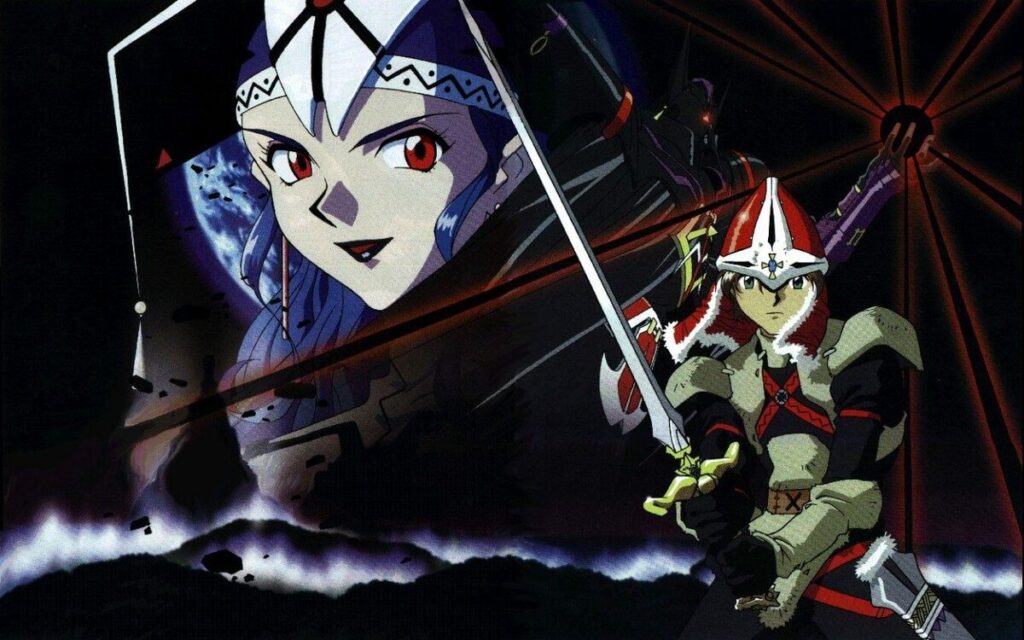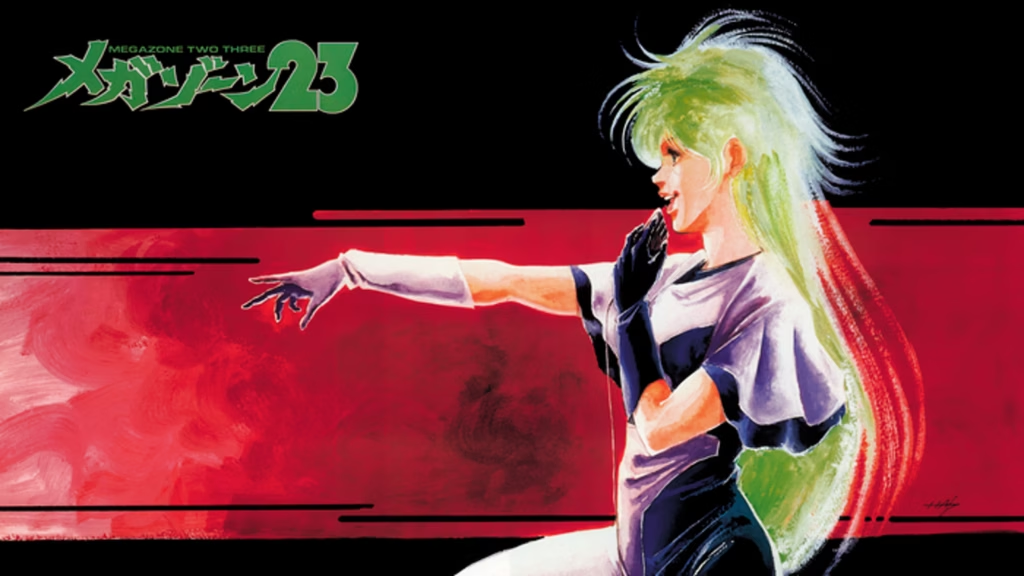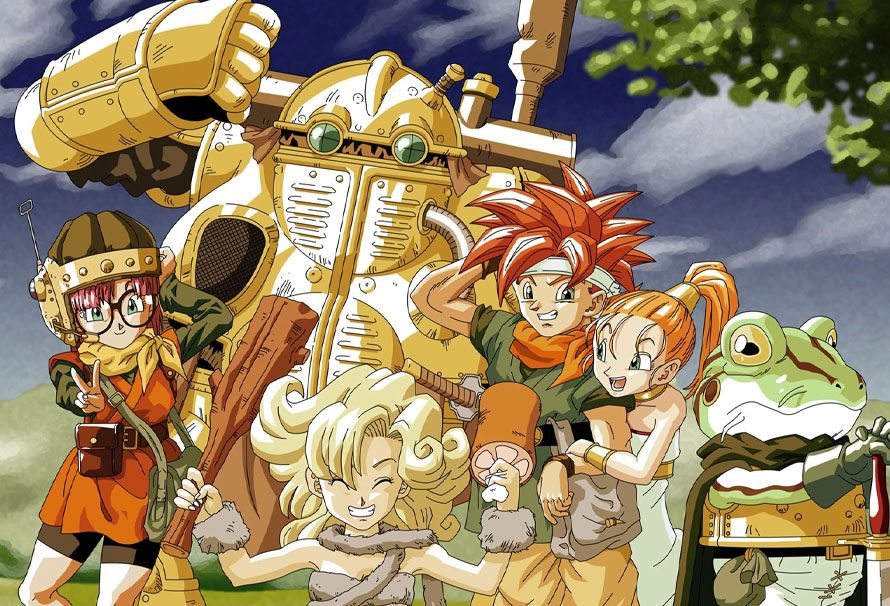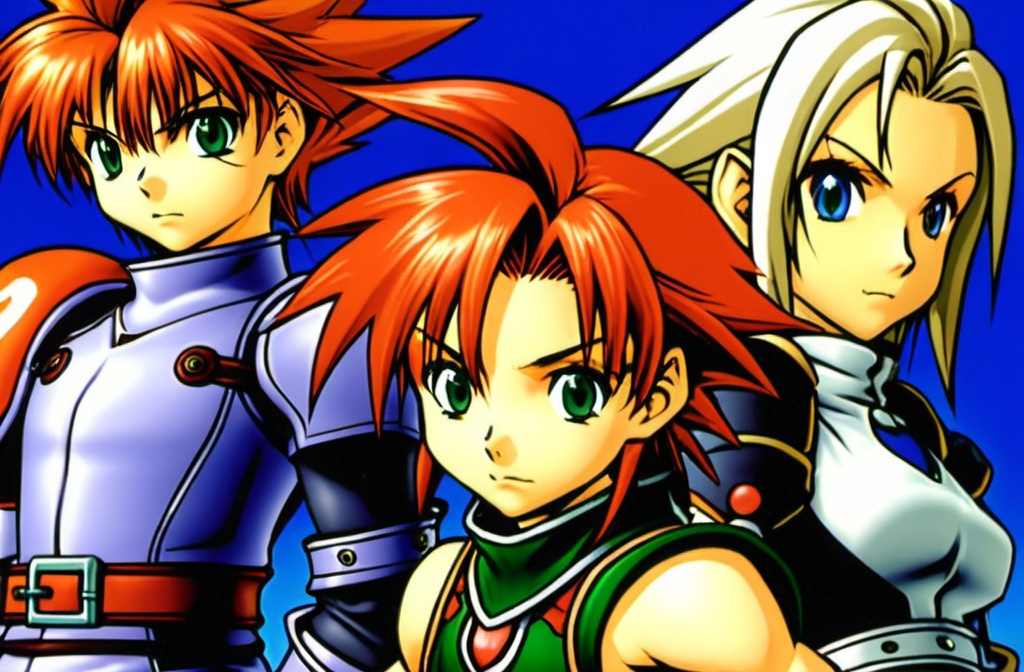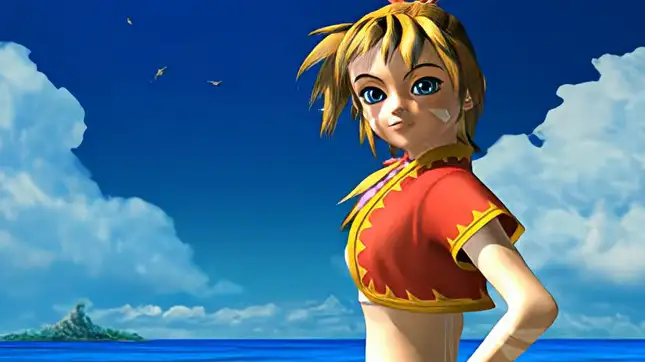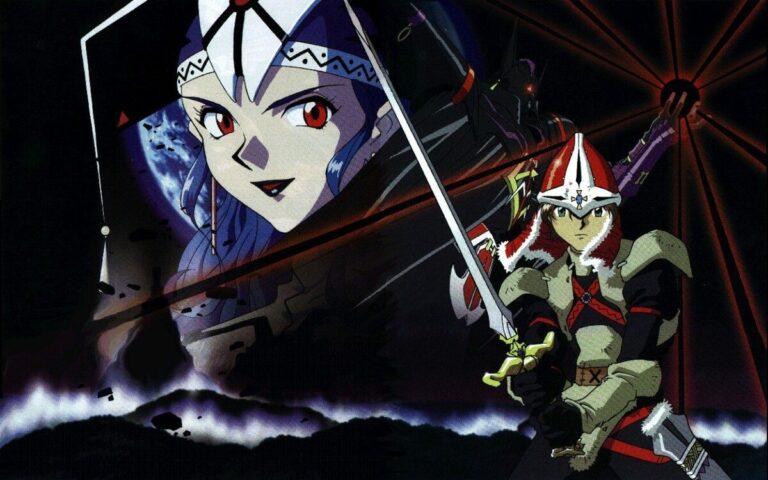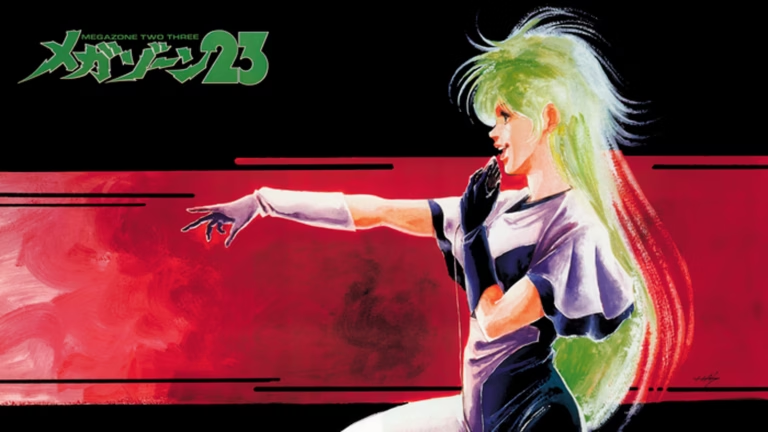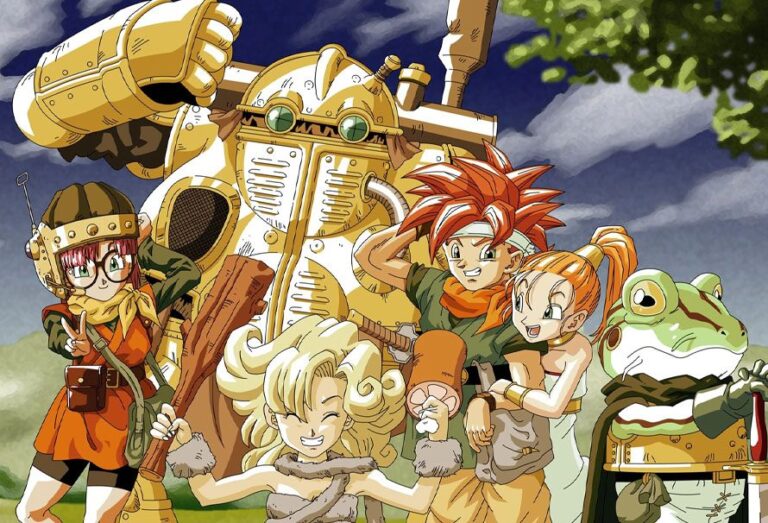Xenoblade Chronicles 3, developed by Monolith Soft and published by Nintendo, is the latest installment in the critically acclaimed Xenoblade Chronicles series. Known for its epic narratives, innovative combat systems, and sprawling worlds, the series has long been a hallmark of modern JRPGs. Xenoblade Chronicles 3 builds upon the foundations of its predecessors, delivering a rich and deeply emotional experience. In this review, we’ll explore every aspect of the game—from its story and gameplay to its technical performance and audio design—breaking down why this is a defining title for the Nintendo Switch.
The Story and Setting: A Tale of War and Mortality
Xenoblade Chronicles 3 is set in the world of Aionios, a land divided between two warring factions: Keves and Agnus. Both nations use mechanized armies and rely on soldiers created with artificially shortened lifespans. These soldiers live for only ten years, or “terms,” if they survive that long. The game follows six main characters—three from each faction—who come together under extraordinary circumstances to challenge the cycle of violence and discover the truth about their existence.
The story is a poignant exploration of themes like mortality, identity, and the meaning of freedom. As the protagonists journey across Aionios, they uncover mysteries about the world’s history and their own roles within it. The narrative is well-paced, gradually peeling back layers of its lore while keeping the emotional stakes high. From quiet, introspective moments to epic confrontations, the storytelling in Xenoblade Chronicles 3 is nothing short of exceptional.
Key Story Highlights
- Protagonists: The game’s central characters—Noah, Mio, Eunie, Lanz, Taion, and Sena—each have distinct personalities and personal arcs that are explored in depth.
- Villains: The Consuls, mysterious antagonists who manipulate the war between Keves and Agnus, provide a compelling source of tension and intrigue.
- The Ouroboros Mystery: The protagonists gain the ability to “Interlink” and transform into Ouroboros, powerful beings that play a key role in both the story and combat system.
The balance between character-driven storytelling and high-stakes worldbuilding makes the narrative one of the game’s strongest aspects.
Gameplay Mechanics: Depth and Innovation
The gameplay in Xenoblade Chronicles 3 is a culmination of the series’ evolution, blending real-time combat with role-playing strategy. The game introduces several new mechanics while refining existing systems, ensuring a rewarding experience for both veterans and newcomers.
Real-Time Combat
The combat system revolves around managing a party of up to seven characters, each with a specific role: Attacker, Defender, or Healer. Battles are fought in real-time, with characters automatically attacking while players control the use of Arts—special abilities with varying effects.
- Role-Based Strategy: Success in battle requires balancing roles. For example, Defenders draw enemy aggro, Healers maintain the party’s health, and Attackers deal damage.
- Interlink System: Party members can fuse into Ouroboros forms, unleashing devastating abilities. This adds a layer of strategy, as players must decide when to activate these powerful transformations.
- Chain Attacks: Building up a Chain Attack gauge allows for coordinated team attacks, dealing massive damage and creating cinematic moments.
Exploration and World Design
The world of Aionios is vast and beautifully designed, inviting players to explore its diverse landscapes. Each region is teeming with secrets, including hidden caves, unique monsters, and rare resources. Exploration is rewarded with experience points, items, and story content, making it an essential part of the gameplay loop.
- Collectibles: Items like Nopon Coins and crafting materials are scattered throughout the world, encouraging thorough exploration.
- Side Quests: A robust side quest system adds depth to the world and its characters. Many side quests offer meaningful narratives and gameplay rewards.
- Traversal Mechanics: Skills like climbing and swimming expand your ability to explore, unlocking new areas as the story progresses.
Character Development and Relationships
One of the most compelling aspects of Xenoblade Chronicles 3 is its character development. Each of the six main characters undergoes significant growth throughout the story, and their relationships with one another form the emotional core of the game.
Main Characters and Their Arcs
- Noah: A compassionate off-seer from Keves who questions the morality of endless war.
- Mio: An off-seer from Agnus with a deep understanding of life’s fragility.
- Lanz and Eunie: Childhood friends of Noah who bring humor and loyalty to the group dynamic.
- Taion and Sena: Strategists from Agnus who grapple with loss and self-worth.
The game’s voice acting is exceptional, adding depth and authenticity to the characters’ interactions. Banter during exploration and battles helps to flesh out their personalities, making the group feel like a real team.
Visual and Aesthetic Design
Despite the hardware limitations of the Nintendo Switch, Xenoblade Chronicles 3 delivers stunning visuals. The art direction focuses on vibrant, detailed environments that bring the world of Aionios to life.
World Design Highlights
- Environmental Variety: From lush forests to arid deserts and futuristic cityscapes, each region has a distinct visual identity.
- Lighting and Atmosphere: Dynamic weather and lighting effects enhance immersion, creating a world that feels alive.
- Character Models: Detailed and expressive, the characters are beautifully designed, with unique outfits that reflect their origins.
The game’s large-scale zones are a testament to Monolith Soft’s expertise in open-world design. While not fully open-world, the interconnected zones feel expansive and encourage exploration.
The Soundtrack and Audio
Music has always been a highlight of the Xenoblade Chronicles series, and Xenoblade Chronicles 3 is no exception. Composed by Yasunori Mitsuda, Manami Kiyota, ACE, and Kenji Hiramatsu, the soundtrack masterfully complements the game’s emotional and thematic depth.
- Battle Themes: High-energy tracks elevate the intensity of combat, with dynamic shifts that match the flow of battles.
- Exploration Music: Each region has its own theme, ranging from serene melodies to haunting compositions that evoke wonder and mystery.
- Off-Seer Melodies: Noah and Mio’s flutes play a central role in the story, and their hauntingly beautiful tunes are a recurring motif in the soundtrack.
Voice acting is equally impressive, with nuanced performances that bring the characters to life. The cast delivers emotional moments with authenticity, ensuring that key scenes resonate with players.
Performance and Technical Aspects
While the game pushes the limits of the Nintendo Switch, it performs admirably for the most part. That said, there are occasional frame rate dips during graphically intensive scenes, and the resolution can appear lower in handheld mode. These issues, however, are minor and do not significantly detract from the experience.
Technical Highlights
- Optimized Load Times: Despite its size, the game features relatively quick load times.
- Stable Performance: Frame rates remain consistent in most areas, with only minor drops in complex zones.
Overall, Xenoblade Chronicles 3 is a technical achievement on the Switch, showcasing Monolith Soft’s expertise in optimizing large-scale games for the platform.
Thematic Depth and Philosophical Questions
Beneath its epic battles and sprawling landscapes, Xenoblade Chronicles 3 is a deeply philosophical game. Themes of life, death, and freedom are woven throughout the narrative, challenging players to think critically about the world and their own beliefs.
- Mortality: The characters’ limited lifespans highlight the value of life and the importance of making the most of it.
- War and Peace: The game critiques the futility of war while emphasizing the power of unity and understanding.
- Identity: Each character grapples with questions of purpose and self-worth, making their journeys profoundly personal.
These themes elevate the game beyond a traditional RPG, leaving a lasting impact on players.
Who Should Play Xenoblade Chronicles 3?
Xenoblade Chronicles 3 is a must-play for several audiences:
- JRPG Fans: Its deep combat system, expansive world, and emotional story make it a standout title in the genre.
- Newcomers: While familiarity with the series enhances the experience, the game is accessible enough for first-time players.
- Story-Driven Gamers: If you value character development and narrative depth, this game delivers in spades.
Xenoblade Chronicles 3 is a masterclass in modern RPG design. Its rich narrative, innovative gameplay, and stunning presentation combine to create an unforgettable experience. While it faces minor technical limitations, these are far outweighed by its strengths.
Whether you’re a series veteran or a newcomer, Xenoblade Chronicles 3 is a journey worth taking. It stands as one of the finest JRPGs on the Nintendo Switch and a shining example of Monolith Soft’s creative vision.
